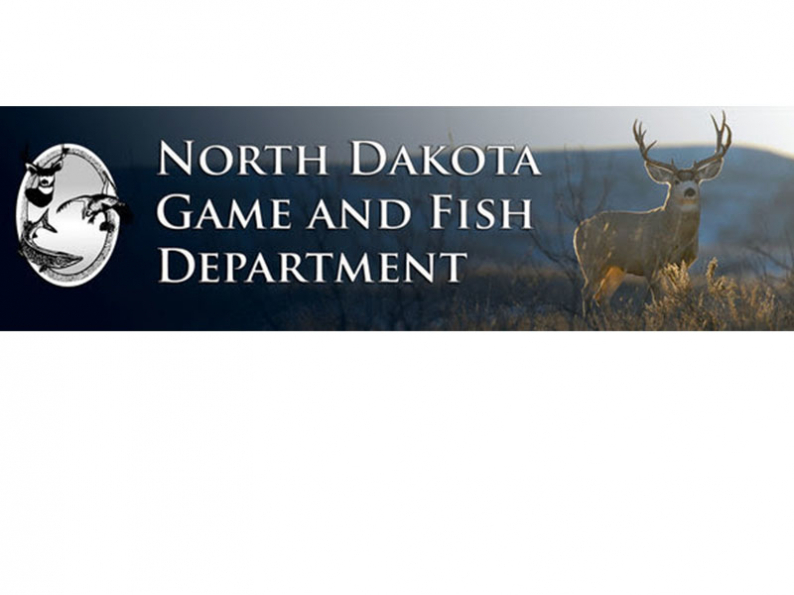
Hunting and fishing in North Dakota contributed an estimated $2.1 billion in annual input to the state’s economy, according to a recent report by the Department of Agribusiness and Applied Economics at North Dakota State University.
The report, commissioned by the North Dakota Game and Fish Department, tracked hunter and angler expenditures for the 2017-18 hunting and fishing seasons.
Game and Fish Department Director Terry Steinwand said the last time the agency commissioned an economic impact study was about six years ago. “These studies help alert us to any major shifts in hunter and angler activities or participation,” Steinwand said.
Overall, hunters and anglers in North Dakota spent $974.4 million dollars on equipment, vehicles, boats, travel, lodging, food and many other items. These expenditures generated $1.1 billion in secondary economic benefits resulting in gross business volume of $2.1 billion, according to the NDSU researchers.
According to the report, resident hunters and anglers accounted for $846.8 million of total expenditures, while nonresidents contributed $127.6 million. Anglers spent $787.8 million and hunters $186.6 million. Residents spent a total of $486.4 million in rural areas, while nonresidents spent $89.6 million, for a grand total of $576 million -- or 59 percent of all spending -- in rural areas.
These direct and indirect expenditures from hunters and anglers generated approximately $48.2 million in state-level tax collection.
“We know that hunting, fishing and other outdoor recreation are an important quality of life factor for many North Dakotans,” Steinwand said. “This report reinforces the notion that economic activity associated with our outdoors is significant as well.”
Compared to spending in the 2011-12 season, total spending by resident hunters and anglers increased by $290.2 million, and by $41.4 million for nonresidents.
A complete copy of the report is available by visiting the Game and Fish Department’s website, gf.nd.gov.